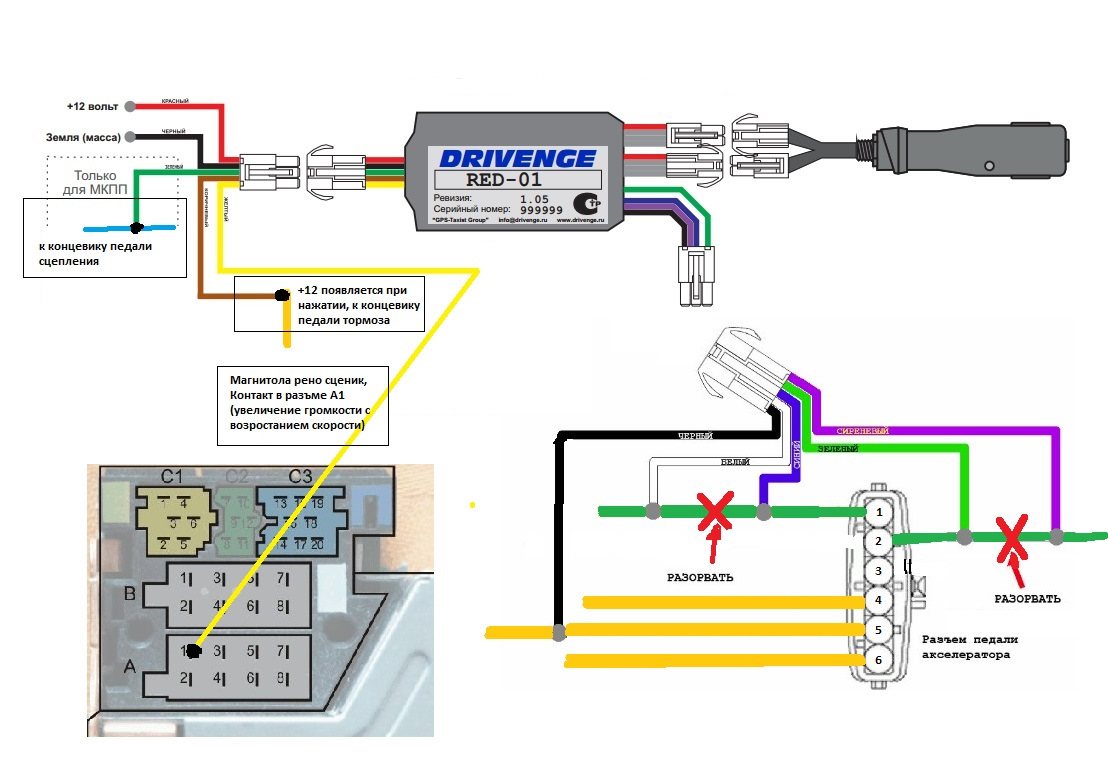
How long does it take to assemble a rack?
Most modern cars use a combination of shock absorbers and struts in their suspension. Racks are used at the rear, and each front wheel is equipped with a rack assembly. The struts and shock absorbers are very similar...
Most modern cars use a combination of shock absorbers and struts in their suspension. Racks are used at the rear, and each front wheel is equipped with a rack assembly. The struts and shocks are very similar except for a few key factors including the assembly used to mount them to the vehicle.
The rack assembly includes a number of different parts. There is, of course, the strut itself, and the coil spring, and at least one rubber damper (usually at the top, but in some designs one at the top and one at the bottom).
Your struts are in constant use, technically, but they get the most stress and wear while driving. Your vehicle has gas or liquid filled struts and over time the seals on the ends wear out. When they fail, the gas or fluid inside leaks out, which affects your suspension, ride quality, and handling.
As far as wear assemblies go, apart from the strut itself, there are a few things to be aware of. For example, rubber shock absorbers tend to dry out and become brittle, reducing their ability to dampen noise and vibration. The spring can also be affected, but this is rare and mostly seen on older, high mileage vehicles. Rust, corrosion, and general wear and tear can reduce spring tension, resulting in suspension sag.
There is no real rule as to how long a rack assembly should last. The struts themselves are regular maintenance items and should be inspected at every oil change so that they can be replaced immediately if necessary. Rubber dampers and springs may need to be replaced at some point during vehicle ownership, but they will be most affected by your driving habits.
If your rack assembly (usually just the rack itself) fails, you will definitely notice it. As long as you can still drive your vehicle, the suspension won't work properly, ride height will be compromised, and you'll experience a lot of discomfort. Watch for these signs and symptoms:
- Vehicle sags on one side (front)
- Knocking or knocking of one rack assembly when driving over bumps
- The car feels "loose" on the road, especially when driving up hills.
- Your ride is bumpy and unstable
- You notice uneven tire tread wear (this could be caused by other problems)
If your strut assembly has seen better days, a professional mechanic can help inspect your suspension and replace a failed strut or strut assembly.

